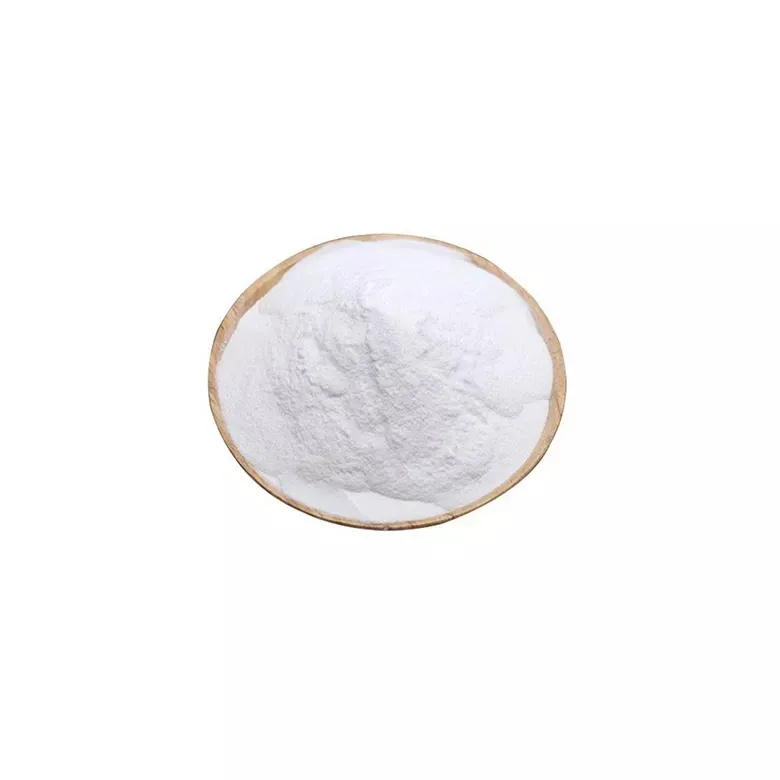Warning: Undefined array key "title" in /home/www/wwwroot/HTML/www.exportstart.com/wp-content/themes/1198/header.php on line 6
Warning: Undefined array key "file" in /home/www/wwwroot/HTML/www.exportstart.com/wp-content/themes/1198/header.php on line 7
Warning: Undefined array key "title" in /home/www/wwwroot/HTML/www.exportstart.com/wp-content/themes/1198/header.php on line 7
Warning: Undefined array key "title" in /home/www/wwwroot/HTML/www.exportstart.com/wp-content/themes/1198/header.php on line 7
- Afrikaans
- Albanian
- Amharic
- Arabic
- Armenian
- Azerbaijani
- Basque
- Belarusian
- Bengali
- Bosnian
- Bulgarian
- Catalan
- Cebuano
- China
- China (Taiwan)
- Corsican
- Croatian
- Czech
- Danish
- Dutch
- English
- Esperanto
- Estonian
- Finnish
- French
- Frisian
- Galician
- Georgian
- German
- Greek
- Gujarati
- Haitian Creole
- hausa
- hawaiian
- Hebrew
- Hindi
- Miao
- Hungarian
- Icelandic
- igbo
- Indonesian
- irish
- Italian
- Japanese
- Javanese
- Kannada
- kazakh
- Khmer
- Rwandese
- Korean
- Kurdish
- Kyrgyz
- Lao
- Latin
- Latvian
- Lithuanian
- Luxembourgish
- Macedonian
- Malgashi
- Malay
- Malayalam
- Maltese
- Maori
- Marathi
- Mongolian
- Myanmar
- Nepali
- Norwegian
- Norwegian
- Occitan
- Pashto
- Persian
- Polish
- Portuguese
- Punjabi
- Romanian
- Russian
- Samoan
- Scottish Gaelic
- Serbian
- Sesotho
- Shona
- Sindhi
- Sinhala
- Slovak
- Slovenian
- Somali
- Spanish
- Sundanese
- Swahili
- Swedish
- Tagalog
- Tajik
- Tamil
- Tatar
- Telugu
- Thai
- Turkish
- Turkmen
- Ukrainian
- Urdu
- Uighur
- Uzbek
- Vietnamese
- Welsh
- Bantu
- Yiddish
- Yoruba
- Zulu
Sep . 12, 2024 09:33 Back to list
Understanding the Origin and Production Process of Xanthan Gum
Understanding the Origin and Production Process of Xanthan
Xanthan gum is a widely used polysaccharide that plays a crucial role in various industries, particularly in food, pharmaceuticals, and cosmetics. It is produced through the fermentation of the bacterium Xanthomonas campestris, which is a plant pathogen initially found in cruciferous plants. Understanding the origin and production process of xanthan gum provides insight into both its practical applications and its biological significance.
The origin of xanthan gum can be traced back to the early 1960s when it was first discovered by scientists investigating the bacteria Xanthomonas campestris. This bacterium is known for causing disease in plants like cabbage and broccoli, but it also has a unique ability to produce a thickening agent during its growth cycle. This was harnessed for industrial use, leading to the commercial production of xanthan gum.
The production process of xanthan gum begins with the cultivation of Xanthomonas campestris in a controlled fermentation environment. The bacteria are typically grown in a nutrient-rich medium containing carbohydrates, such as corn syrup or starch. Under optimal conditions—specifically, the right temperature, pH, and oxygen levels—the bacteria ferment the sugars and produce xanthan gum as a byproduct.
'understanding the origin and production process of xanthan'

Once fermentation is complete, the xanthan gum is extracted from the fermentation broth. This extraction process often involves filtration to remove bacterial cells and impurities. The resulting liquid is then concentrated and purified by precipitation, typically using alcohol. After purification, the xanthan gum is dried into a powder form, making it easier to handle and store.
One of the remarkable features of xanthan gum is its excellent thickening and stabilizing properties. It can be used in small amounts (often as little as 0.5% by weight) to achieve the desired viscosity or thickness in various formulations. This makes it highly valuable in the food industry, where it is commonly used in salad dressings, sauces, and gluten-free products to improve texture and consistency. In addition to food, xanthan gum finds applications in cosmetics and personal care products, where it acts as a stabilizer and emulsifier.
Moreover, xanthan gum also plays a role in the oil and gas industry, where it is used in drilling fluids to maintain wellbore stability. Its ability to work in extreme conditions, including varying temperatures and pressures, showcases the versatility and robustness of this biopolymer.
In conclusion, xanthan gum originated from a pathogenic bacterium and has been adapted for widespread industrial use through a well-defined fermentation process. Its unique properties make it an essential ingredient in many products across diverse industries, highlighting the intricate relationship between microbiology and industrial applications.
Latest news
-
Certifications for Vegetarian and Xanthan Gum Vegetarian
NewsJun.17,2025
-
Sustainability Trends Reshaping the SLES N70 Market
NewsJun.17,2025
-
Propylene Glycol Use in Vaccines: Balancing Function and Perception
NewsJun.17,2025
-
Petroleum Jelly in Skincare: Balancing Benefits and Backlash
NewsJun.17,2025
-
Energy Price Volatility and Ripple Effect on Caprolactam Markets
NewsJun.17,2025
-
Spectroscopic Techniques for Adipic Acid Molecular Weight
NewsJun.17,2025

